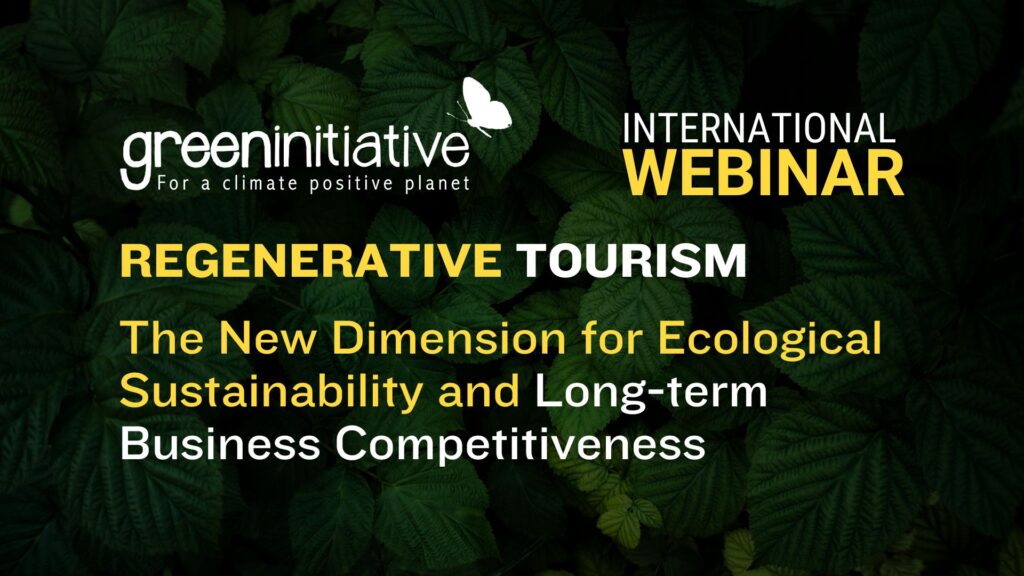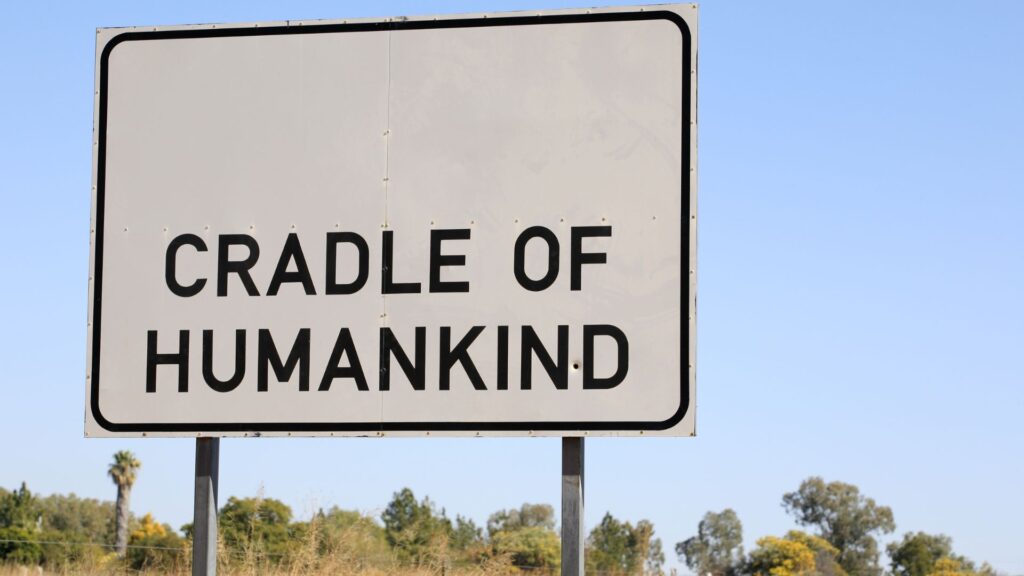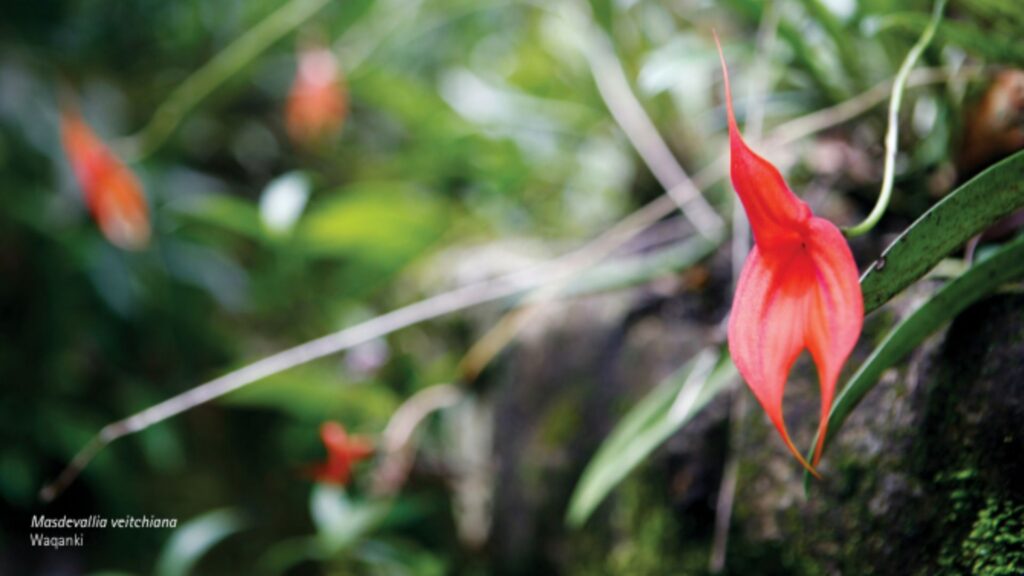A. Hartrodt Perú Strengthens Position as a Leading Sustainable Logistics Provider with Carbon Neutral Certification
A. Hartrodt Perú, a key player in the country’s logistics sector, continues solidifying its position by offering comprehensive and innovative transportation and supply chain solutions. With over a century of experience and presence in 47 trading nations, A. Hartrodt blends global expertise with a local focus to address the unique challenges clients face in an increasingly competitive and sustainability-conscious market. A. Hartrodt Perú actively focuses on reducing its carbon footprint and optimizing processes to minimize ecological impact. In response to the growing call for climate action, the company has made notable progress by measuring emissions across its three offices in Peru, assessing service-related and employee-generated emissions across 14 distinct sources. A key milestone in this effort is A. Hartrodt Perú’s recent carbon-neutral certification, achieved in collaboration with Green Initiative. This certification highlights the company’s commitment to offsetting its operational emissions and reinforces its position as a leader in environmentally responsible logistics. Driving Sustainability Through Cleaner Fuels, Circular Economy, and Responsible Supply Chain Practices Looking ahead, A. Hartrodt Perú plans to implement a comprehensive climate action plan to reduce its carbon footprint progressively, encourage circular economy initiatives, and promote responsible practices throughout its supply chain. The company is also preparing to adopt cleaner fuels, transition to coolants and refrigerants with lower Global Warming Potential (GWP), and prioritize carbon-neutral travel. Once underway, these initiatives will not only enhance operational efficiency but also affirm A. Hartrodt Perú’s dedication to preserving natural resources and benefiting the communities in which it operates. Leading the Industry, Strengthening Resilience, and Unlocking New Business Opportunities By embracing this commitment, A. Hartrodt Perú contributes to the global fight against climate change and sets a standard for others in the industry to follow. This certification and the company’s holistic approach to sustainability enhance its reputation among clients and open new business opportunities, particularly with partners prioritizing sustainability in their supply chains. Furthermore, A. Hartrodt Perú bolsters its resilience to future environmental regulations while reinforcing its pledge to a greener future. A Strategic Asset for Leading the Future of Sustainable Logistics As demand for sustainable transport solutions continues to rise, A. Hartrodt Perú’s carbon-neutral certification becomes a strategic asset, enabling the company to remain competitive and responsible in the years to come. Looking ahead, A. Hartrodt Perú is poised to lead the logistics sector toward a more sustainable future, with plans to continuously evolve its climate action strategies and further reduce its environmental footprint. Collaborate for Sustainable Growth and Resilient Supply Chains We invite businesses and partners to join us on our journey toward a greener future. By working together, we can create more sustainable supply chains, reduce environmental impact, and unlock new opportunities for growth. To learn more about our climate action initiatives and how we can help you achieve your sustainability goals, please get in touch with us at greeninitiative.eco/contact/. Written by Virna Chavez from the Green Initiative team. Related articles










